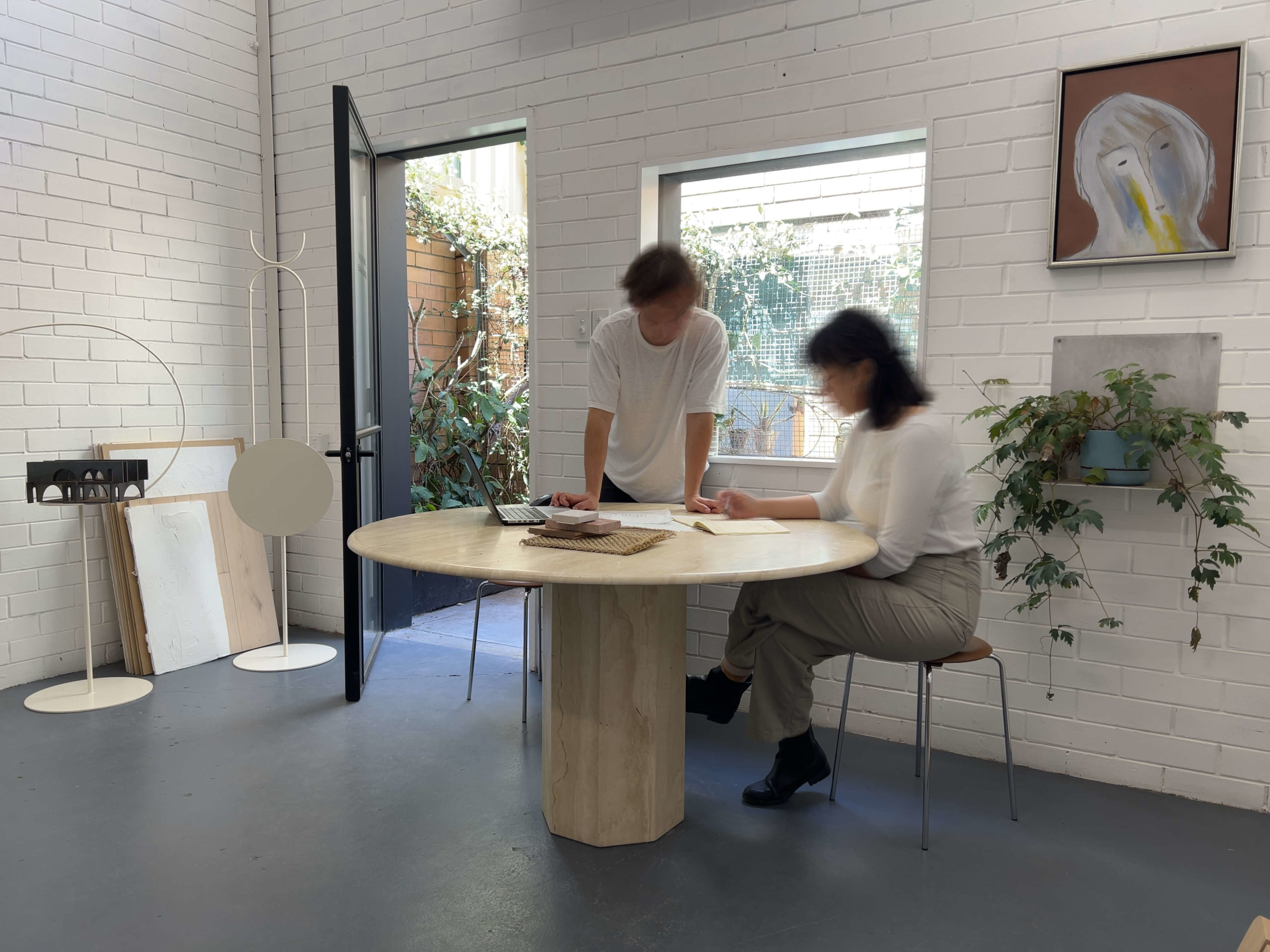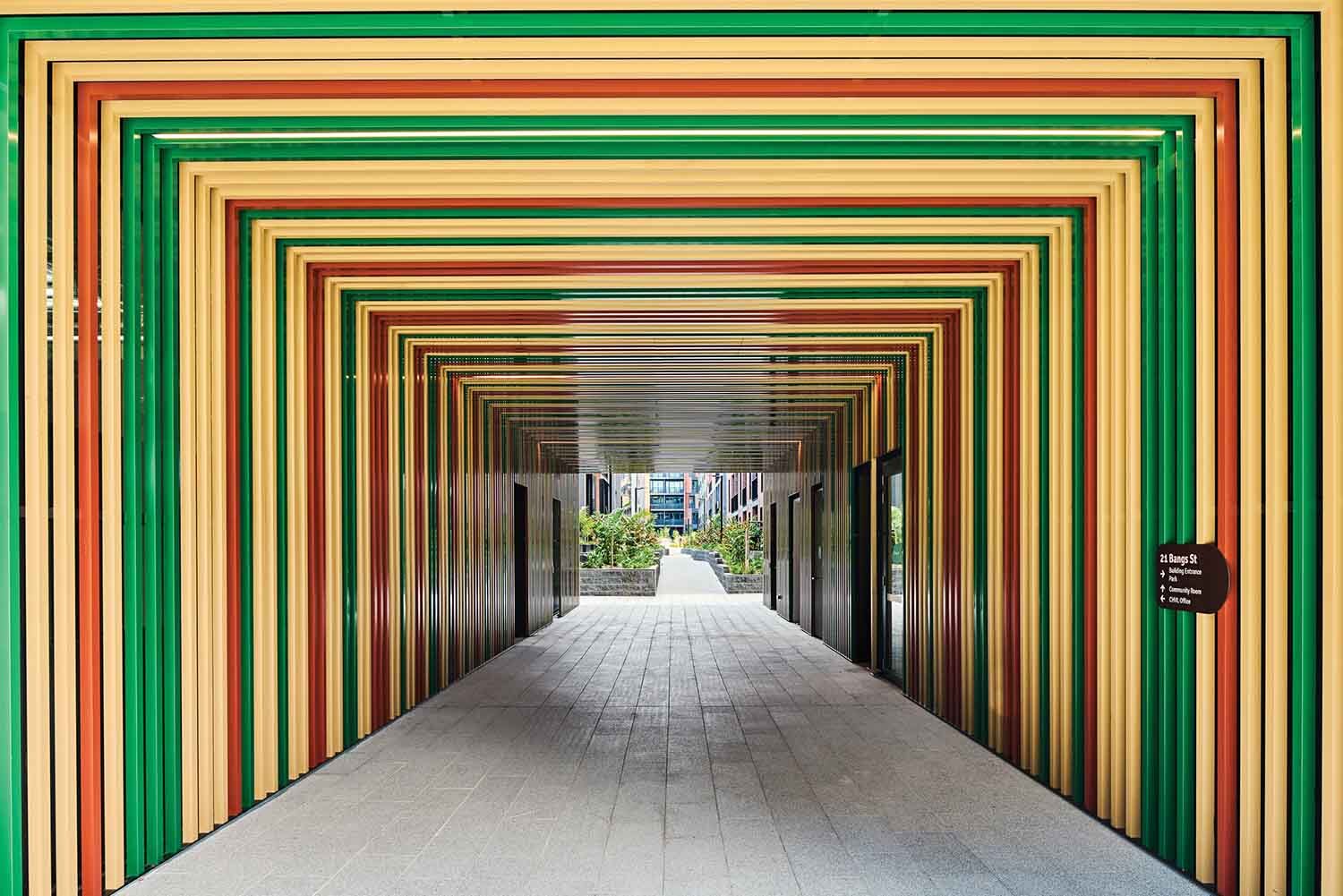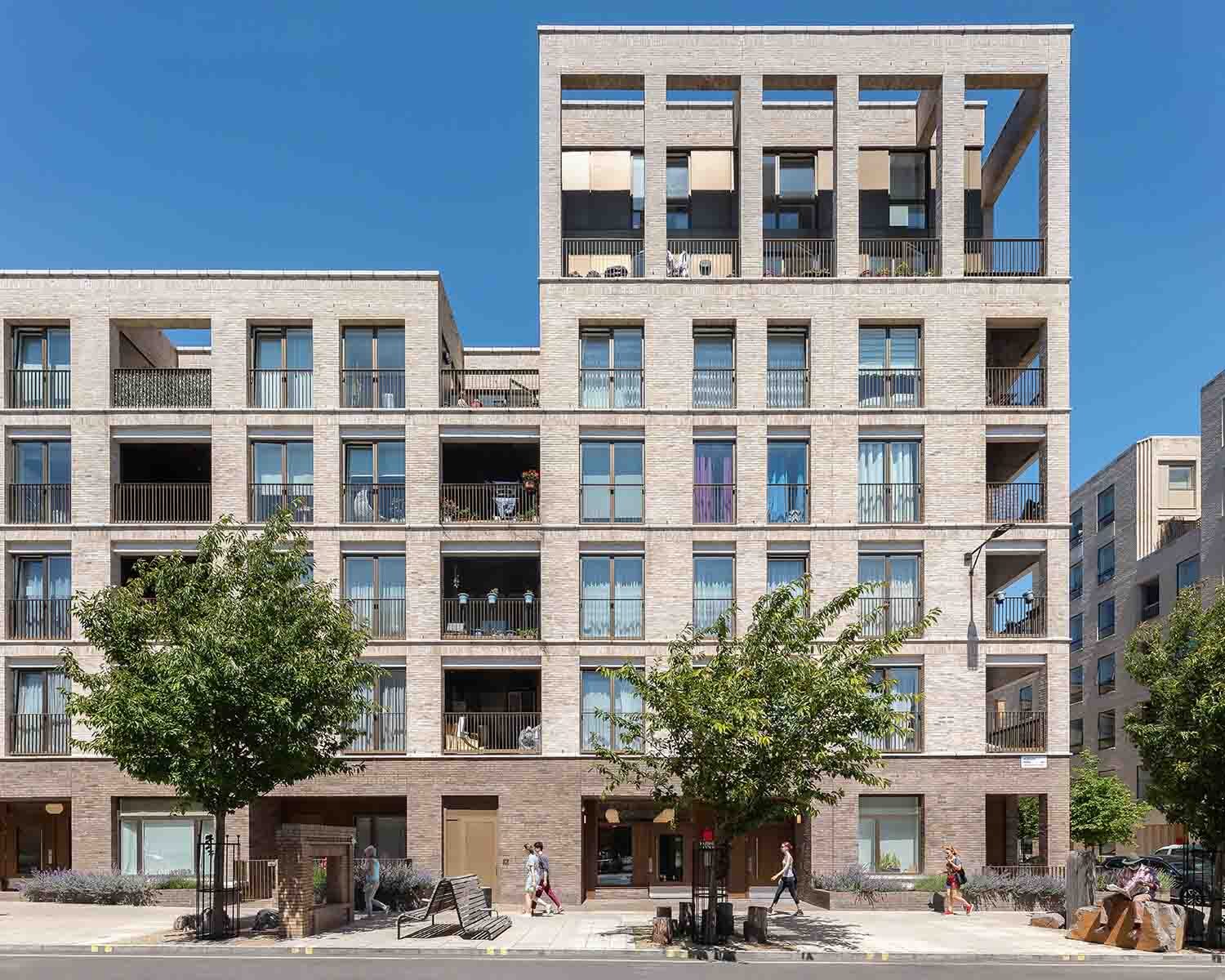Nic Brunsdon is certified carbon neutral
Principal and creative director, Nic Brunsdon discusses the potential of carbon offsetting for supporting local projects and how certification fits into a broader system of values-driven initiatives that work towards ethical practice.
Our studio has been certified carbon neutral for three years and while we think it’s very important, we understand this process is really the thin edge of the wedge. For us, this certification fits into a broader picture of ethical practice – it’s been the catalyst for a range of discussions within our team and forms part of a network of strategies we’re pursuing in order to ensure that we run the studio in a way that accurately reflects our values. We received our B Corp Certification in June of this year, we have an endorsed Reconciliation Action Plan and are also in the early stages of our Sustainability Action Plan development, where we are pursuing avenues for designing lower carbon buildings and reviewing how and where we offset.
We’re very conscious that as a consequence of the materials we specify and the supply chains that we operate within, our work for clients produces carbon. So, our behaviour in-house becomes an important place where we can control our footprint directly. It can be difficult to argue for some sustainability-based initiatives but by practicing what we preach we’re introducing our clients to the fact that those values are instilled in our projects. We work on multi-residential, adaptive re-use, heritage, single dwellings, commercial, hospitality and resort projects.
At the moment, we’re also undertaking research and design works for a large-volume developer to create sustainable, modularised and replicable affordable housing. In everything we do, we try to build mindfully – we don’t have aspirations to be a big practice but rather to be a good practice that does good work with good people. Like-minded clients seek out architects who have invested their own time into sustainable initiatives because it reflects a commitment to delivering sustainable architecture. We recently spent time identifying the core values of our practice and agreed as a team that we will speak honestly, live generously, act responsibly and prioritise people. These values mean practising ethically and sustainably.
As our team has grown, monitoring our carbon footprint has become more complicated, but that also presents an opportunity. We now have offices in Perth, Melbourne and Denpasar. Having a distributed office means that we can service projects locally so we’re not having to get on planes and drive as much.
In the past we’ve offset with Greenfleet, which has worked well, but we’d like to have more control over where those offsetting dollars are allocated. This year, we did a deep dive into the carbon offsetting system in Australia and identified projects that share our studio’s values. After conducting an emissions self-audit, we decided to offset our unavoidable emissions through Australia’s only Gold Standard accredited carbon offset project, the Yarra Yarra Biodiversity Corridor.
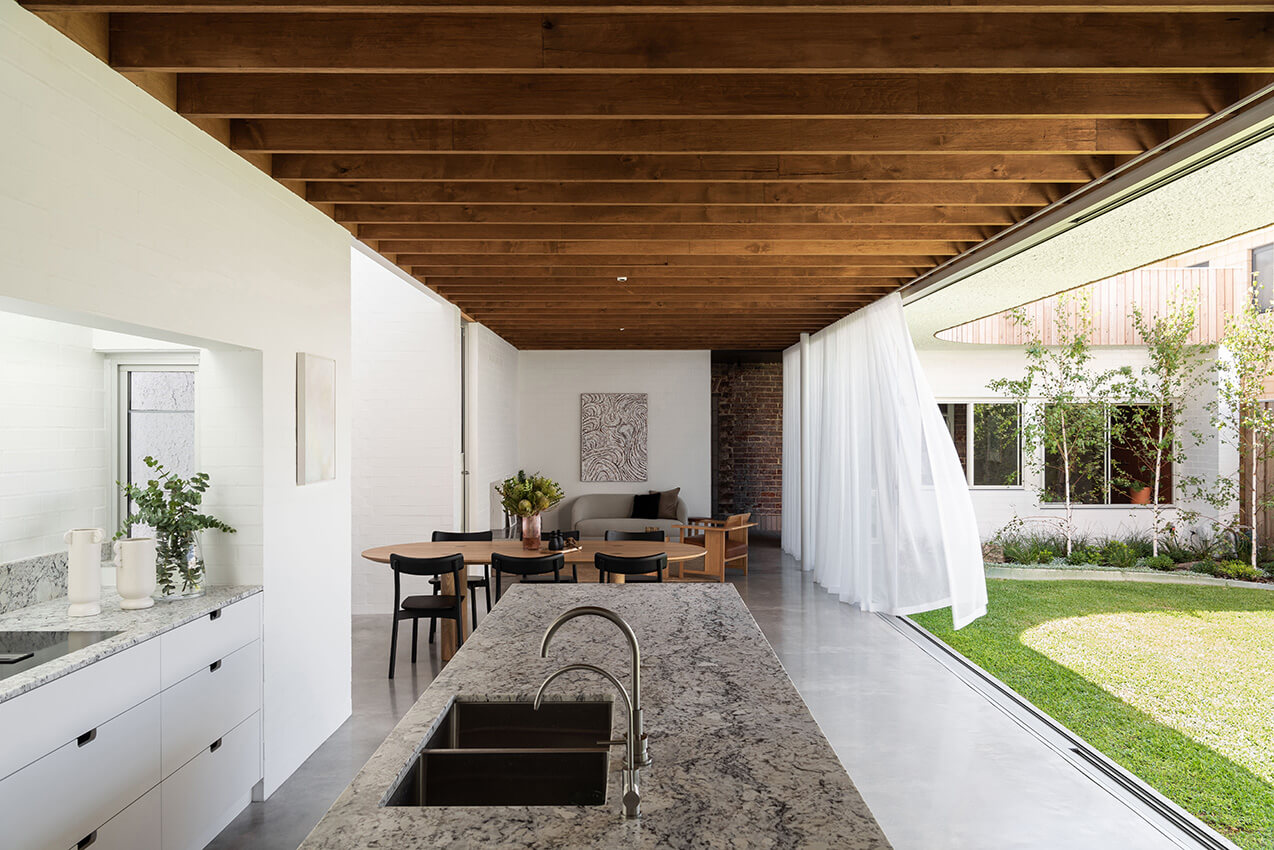
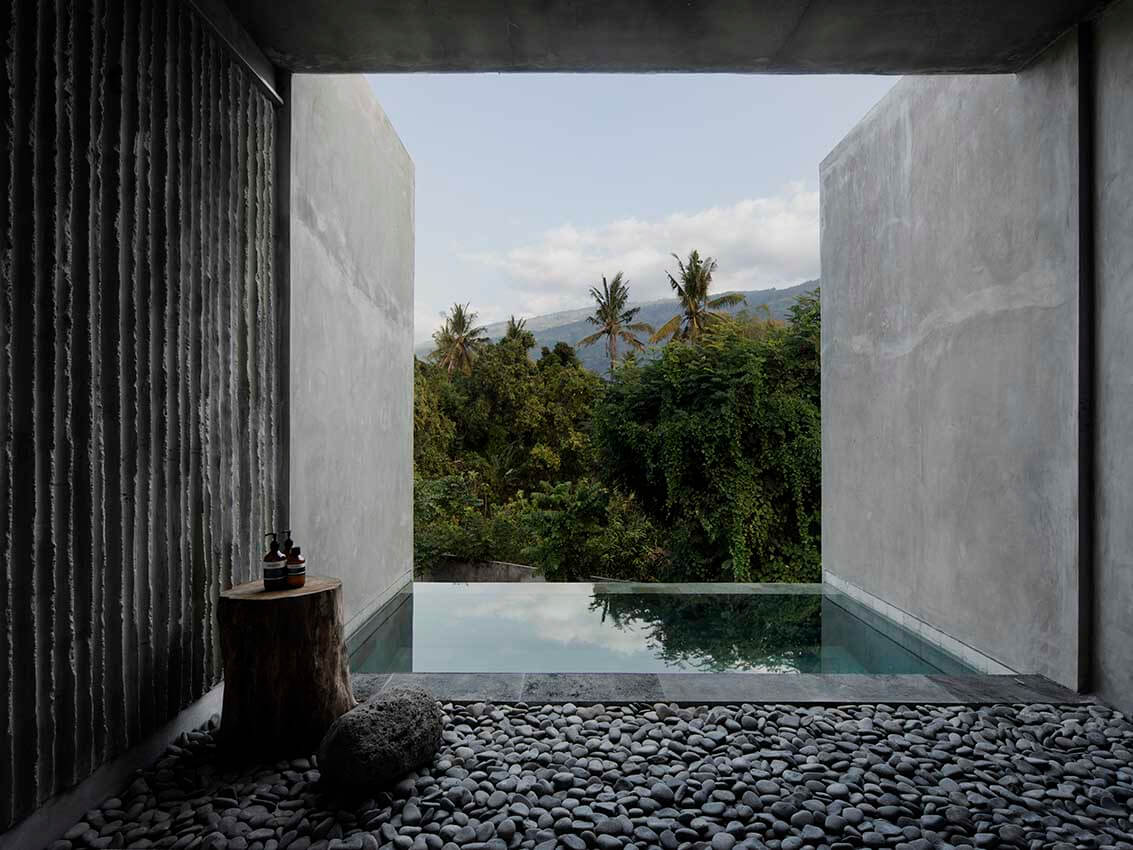
The Gold Standard is an internationally recognised certification which requires projects to have environmental integrity, contribute to the UN’s sustainable development goals, create positive local community impact, and ensure the project’s effects are measurable and verifiable. We chose this project as it is independently accredited, and aligns with our intention to make an impact through socially and environmentally sustainable methods. We’re committed to this because we want to be constantly challenged and challenge the way things are done.
I also had a meeting with Emma and Kieran from the Fulcrum Agency recently, who are undertaking a planting and remediation project on a site in Denmark, WA, which has been damaged by farming. This is a project that could be directly supported by our carbon offsetting in the future. I’d really like to see that process become more local where relevant.
Architects are innovators and by the public nature of our work we’re in a position to demonstrate leadership. Our medium touches people’s lives, whether it’s their houses, workplaces or in the public realm, architects can have impact in those spaces. Whether that’s through the projects we design or by advocating for sustainable processes and outcomes for the built environment our position means that we have an opportunity to make positive change that has impact.
Our commitment to climate action
The Australian Institute of Architects is supporting all members in their shift to becoming carbon neutral – it’s the simplest step towards reaching zero.
